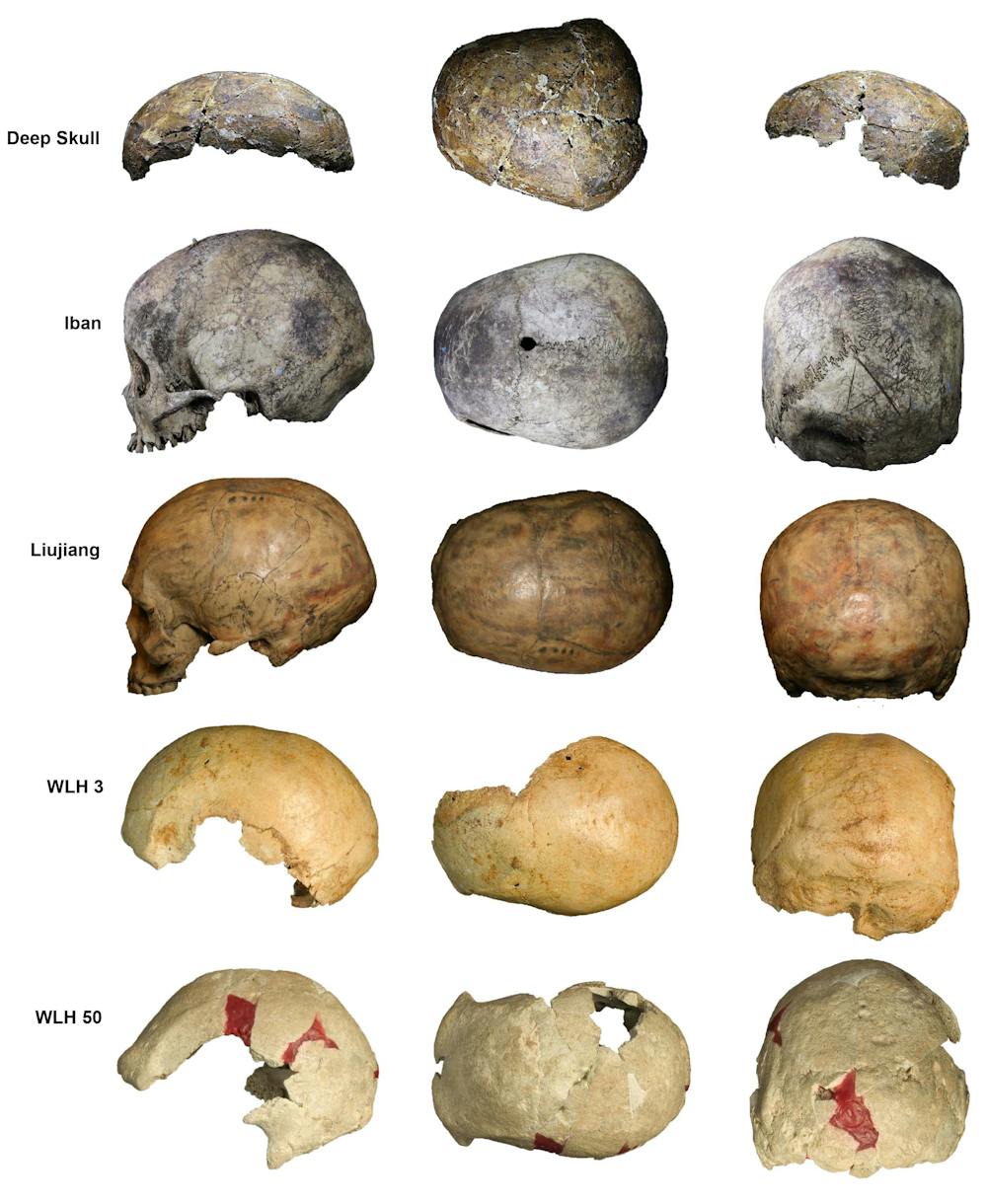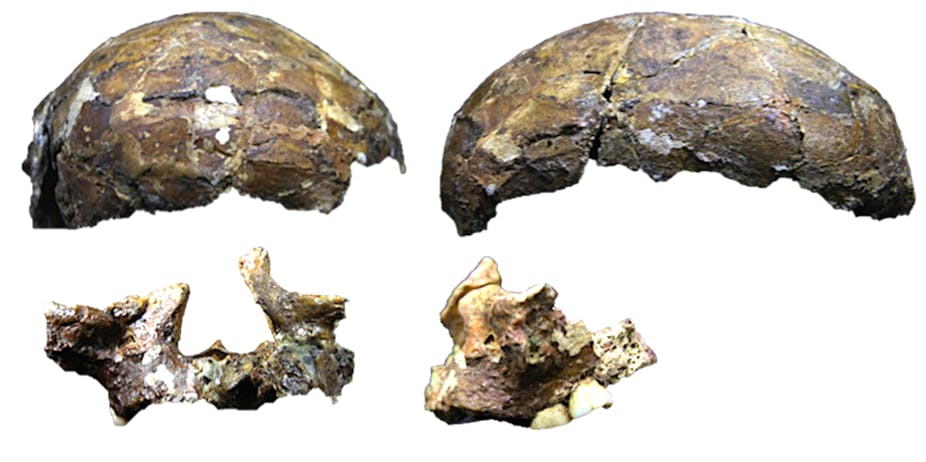Earliest Excavation In Sarawak Begin
In 2012 it was declared a UNESCO heritage site.
Earliest excavation in sarawak begin. In 1951 after the interruption caused by World War II intensive excavation was resumed under Amedeo Maiuri who was in charge of the excavations from 1924 to 1961. The new find pushes the written record almost back to the conquest says Andrew Birley director of excavations. Human evolution is the evolutionary process within the history of primates that led to the emergence of Homo sapiens as a distinct species of the hominid family which includes the great apes.
In 1839 James Brooke a British explorer first arrived in Sarawak. On 7 February 1958 the diggers in Hell Trench at the West Mouth of the Niah Cave found a human skull. Subsequent work at the site in the 1970s and most recently by the Niah Caves Project 20002004 brought the total to 170 comprising 89 primary burials and 79 secondary burials and two multiple burials.
Generally the excavations at atalhöyük wihch began in 1958 have been very rich. It was a huge site in the Neolithic and Chalcolithic ages but was abandoned some time in the Bronze Age. The Supervisor will in turn inform the requestor of the legal start date assigned by Diggers Hotline that is the earliest that excavation can begin.
The earliest evidence for controlled use of fire outside of Africa is at the Lower Paleolithic site of Gesher Benot Yaaqov in Israel where charred wood and seeds were recovered from a site dated 790000 years old. Other evidence has been found at Zhoukoudian a Lower Paleolithic site in China Beeches Pit in the UK and Qesem Cave in Israel. A series of Chinese ceramics dated from 8th to 13th century AD was uncovered at the archeological site of Santubong.
Excavation may begin between the legal start date and ten calendar days following as long as the locate marks remain intact and visible. This is the earliest evidence of a domesticated dog in the Arabian Peninsula by a margin of circa 1000 years. If the excavation is.
Large areas were uncovered to the south of the Via dellAbbondanza in Regions I and II and the. This process involved the gradual development of traits such as human bipedalism and language as well as interbreeding with other hominins which indicate that human evolution was not linear but a web. Beginning in 1922 Woolley excavated huge swaths of.
History of Sarawak can be traced as far as 40000 years ago paleolithic period where the earliest evidence of human settlements is found in the Niah caves. The Neolithic Revolution which started around 10000 BCE is one of the most important periods in human history as it marks the beginnings of true civilizationOur nomadic hunter-gather ancestors began settling down around this time and developed agriculture. His conclusion that it was a First Century building was based on the fact that the earliest coin he found in the dig was a Roman coin of Tiberius who was Emperor from 14 to.
The project team with Saudi and international members focused its efforts on two above-ground burial sites dating to the 5th and 4th millennia BCE and located 130 kilometers apart one in volcanic uplands and the other in arid badlands. Sporadic attempts to realize the tunnel engineers dream of a mechanical rotary excavator culminated in 1954 at Oahe Dam on the Missouri River near Pierre in South Dakota. It was initially thought that the Buddhist caves were the earliest structures that were created between the fifth and eighth centuries with caves 15 in the first phase 400600 and 612 in the later phase 650750 but modern scholars now consider the construction of Hindu caves to have been before the Buddhist caves.
A team of archaeologists in north-west the Kingdom of Saudi Arabia has uncovered the earliest evidence of dog domestication by the regions ancient inhabitants. Niah Cave Sarawak Borneo. The coastal regions of Sarawak came under the influence of the Bruneian Empire in the 16th century.
Excavations between 1954 and 1967 in the West Mouth Niah Cave Sarawak uncovered the largest Neolithic cemetery in South-east Asia with over 150 burials. While some of the earliest known settlements uncovered date back to this time many of the archaeological sites on this list. But it was Woolleys work in the ancient Mesopotamian city of Ur that would really cement his legacy.
The earliest of these is at least 40 years later than some of the new haul. It was well known to local hunter-gatherers as place. They were working on the edge of a huge underground complex whose central chamber was the size of a cathedral.








